

Articles
How Far Should Range Hood Stick Out
Modified: August 17, 2024
Discover expert articles on how far a range hood should stick out. Get tips, advice, and recommendations for proper installation and functionality.
(Many of the links in this article redirect to a specific reviewed product. Your purchase of these products through affiliate links helps to generate commission for Storables.com, at no extra cost. Learn more)
Introduction
A range hood is an essential component of any kitchen. It helps to extract smoke, steam, and odors that are produced during cooking, keeping the air clean and fresh. However, when it comes to installing a range hood, one important consideration is how far it should stick out from the wall or cabinets. This protrusion length can have a significant impact on the efficiency and aesthetics of your kitchen. In this article, we will explore the factors to consider when determining range hood protrusion, the ideal length for range hood protrusion, the benefits of proper range hood protrusion, common mistakes to avoid, and design considerations for range hood protrusion.
Key Takeaways:
- Proper range hood protrusion ensures efficient ventilation, enhanced safety, improved lighting, reduced cooking odors, and extended hood lifespan, contributing to a functional and visually appealing kitchen environment.
- When determining range hood protrusion, consider cooking surface size, hood type, clearance requirements, and design elements to achieve optimal functionality and aesthetics in your kitchen space.
Read more: How Far Should Farmhouse Sink Stick Out
Factors to Consider When Determining Range Hood Protrusion
When determining how far a range hood should stick out, there are several important factors to consider:
- Cooking Surface Size: The size of your cooking surface plays a crucial role in determining the protrusion length. If you have a larger cooktop or range, you may need a range hood that extends further to effectively capture cooking fumes.
- Hood Type: The type of range hood you choose can also influence the protrusion length. There are different types of range hoods, such as wall-mounted hoods, island hoods, and under-cabinet hoods. Each type has its own requirements when it comes to protrusion length.
- Clearance Requirements: It is important to consider any clearance requirements specified by the manufacturer or local building codes. These requirements ensure that there is adequate space between the range hood and any combustible materials to prevent fire hazards.
- Ceiling Height: The height of your kitchen ceiling can impact the ideal range hood protrusion. If you have higher ceilings, you might need a range hood with a greater protrusion to maintain proper ventilation efficiency.
- Ducting Configuration: The ducting configuration can affect the range hood’s protrusion length. If your range hood requires extensive ductwork, it may need to stick out further to accommodate the ducting system.
Considering these factors will help you determine the appropriate range hood protrusion length for your kitchen setup. It is important to carefully assess your specific requirements and consult with a professional if needed to ensure optimal performance and safety.
Ideal Range Hood Protrusion Length
The ideal range hood protrusion length will vary depending on the factors mentioned earlier. However, as a general guideline, most experts recommend a protrusion length of 24 to 30 inches for wall-mounted range hoods and island hoods. For under-cabinet hoods, a protrusion length of 12 to 18 inches is typically sufficient.
Choosing the right protrusion length is important for ensuring effective ventilation and maintaining a balanced aesthetic in your kitchen. If the range hood protrudes too far, it may obstruct the line of sight or create an overpowering visual presence. On the other hand, if the range hood doesn’t protrude enough, it may not effectively capture the cooking fumes and odors.
Keep in mind that these recommendations are general guidelines, and it’s essential to consider the specific requirements of your kitchen space. Factors such as cooking habits, ceiling height, and the size of your cooking surface should be taken into account when determining the ideal protrusion length.
Additionally, it is crucial to consider the minimum clearances specified by the manufacturer or local building codes. These clearances ensure proper airflow and safety. Make sure to check the specific recommendations for your range hood model, as the ideal protrusion length may vary depending on the manufacturer’s guidelines.
Taking into account both the aesthetic and functional aspects, finding the ideal range hood protrusion length will help create a visually harmonious and efficient kitchen environment.
Benefits of Proper Range Hood Protrusion
Proper range hood protrusion offers several important benefits for your kitchen environment. Let’s explore some of these benefits:
- Efficient Ventilation: One of the primary benefits of having the right range hood protrusion is efficient ventilation. A properly protruding range hood is more likely to effectively capture and remove smoke, steam, and cooking odors from your kitchen. This helps in maintaining a clean and fresh air quality while preventing the accumulation of grease particles on surfaces.
- Enhanced Safety: Proper range hood protrusion ensures that the fumes and heat generated during cooking are safely captured and vented out. This helps minimize the risk of fire hazards by preventing the buildup of combustible substances in the kitchen area.
- Improved Lighting: Many range hoods come equipped with built-in lighting, which provides additional illumination to your cooking surface. With the right protrusion length, the lighting from the range hood can effectively illuminate your workspace, enhancing visibility and making your cooking tasks easier and safer.
- Reduced Cooking Odors: By selecting the correct protrusion length, you can help minimize the spread of cooking odors throughout your home. The range hood will efficiently capture and expel the odors, preventing them from permeating other areas of your living space.
- Enhanced Kitchen Aesthetics: Proper range hood protrusion contributes to the overall aesthetic appeal of your kitchen. It ensures a balanced and visually pleasing appearance, complementing other elements in your kitchen design.
- Extended Lifespan of the Range Hood: Adequate protrusion length allows for proper ventilation and prevents the range hood from being overworked. This can extend the lifespan of the hood by reducing the wear and tear caused by excessive heat and grease build-up.
By considering and implementing the appropriate range hood protrusion, you can enjoy these benefits in your kitchen space. It is essential to prioritize proper ventilation and safety while creating an environment that is both functional and visually appealing.
The range hood should stick out 20-24 inches from the wall to effectively capture cooking fumes and odors. This allows for proper ventilation and keeps the kitchen air clean.
Common Range Hood Protrusion Mistakes to Avoid
When determining the range hood protrusion length, it is important to be aware of common mistakes that can compromise the functionality or aesthetics of your kitchen. Here are some common range hood protrusion mistakes to avoid:
- Protrusion Length Too Short: One common mistake is selecting a range hood protrusion length that is too short. This can result in inadequate capture of cooking fumes and odors, leading to poor ventilation and unpleasant kitchen air quality. Make sure to choose a protrusion length that is appropriate for the size of your cooking surface.
- Protrusion Length Too Long: Conversely, selecting a range hood protrusion length that is too long can be visually overpowering and create obstruction in your kitchen. It is essential to strike a balance between functionality and aesthetics to ensure optimal performance without compromising the design of your space.
- Ignoring Manufacturer Guidelines: Many range hoods come with specific guidelines regarding installation and recommended protrusion lengths. Ignoring these guidelines can lead to inefficient performance or even safety hazards. Always refer to the manufacturer’s recommendations and follow their guidelines during the installation process.
- Neglecting Clearance Requirements: Failure to consider the minimum clearance requirements specified by the manufacturer or local building codes can result in fire hazards. Ensure that there is sufficient clearance between the range hood and any combustible materials, such as cabinets or walls, to prevent potential accidents.
- Disregarding Ducting Configuration: The ducting configuration can impact the range hood’s protrusion length. Neglecting to account for the necessary space for ductwork can lead to installation issues and may compromise the efficiency of the ventilation system. Make sure to plan your ducting configuration and consider it when determining the protrusion length.
Avoiding these common range hood protrusion mistakes will help you ensure optimal functionality, safety, and aesthetics in your kitchen. Take the time to carefully consider all the factors involved and consult with professionals if necessary to avoid any potential errors.
Read more: How Far Should Range Hood Be From Cooktop
Design Considerations for Range Hood Protrusion
When determining the range hood protrusion length, it is crucial to take into account the design considerations to ensure a cohesive and visually appealing kitchen space. Here are some design considerations to keep in mind:
- Kitchen Style and Theme: Consider the overall style and theme of your kitchen. The range hood should complement the existing design elements, such as cabinets, countertops, and backsplash. Choose a protrusion length that blends harmoniously with your kitchen’s aesthetic.
- Proportions and Balance: Balance is key when it comes to range hood protrusion. Ensure that the size and shape of the hood are proportionate to the cooking surface and the overall kitchen layout. A bulky or undersized range hood can disrupt the visual flow of your kitchen.
- Material and Finish: The material and finish of the range hood should align with the rest of the kitchen. Whether it’s stainless steel, copper, or a custom finish, select a range hood that complements the surrounding elements and adds to the overall design cohesiveness.
- Visibility and Obstruction: Consider the line of sight in your kitchen. Make sure that the range hood does not obstruct views or hinder communication between different areas. It should be positioned at a height that allows for easy visibility and convenience during cooking.
- Lighting Integration: If your range hood has built-in lighting, ensure that it is well-coordinated with the rest of the kitchen lighting. The protrusion length should allow the lighting to effectively illuminate the cooking surface without causing glare or shadows.
- Cabinet and Wall Configuration: Take into consideration the layout of your cabinets and walls when determining the range hood protrusion length. Ensure that the hood fits seamlessly within the space and aligns with the surrounding cabinetry.
By carefully considering these design considerations, you can create a visually pleasing and well-integrated range hood installation in your kitchen. Remember to strike a balance between functionality and aesthetics to achieve a harmonious design that enhances the overall appeal of your kitchen space.
Conclusion
Choosing the right range hood protrusion is an important aspect of creating a functional and aesthetically pleasing kitchen. Consideration of factors such as cooking surface size, hood type, clearance requirements, ceiling height, and ducting configuration can help determine the ideal protrusion length.
By selecting the appropriate range hood protrusion, you can enjoy several benefits. Proper ventilation ensures the efficient removal of smoke, steam, and cooking odors, creating a clean and fresh kitchen environment. It also enhances safety by preventing the buildup of combustible substances and helps extend the lifespan of the range hood.
However, it is important to avoid common range hood protrusion mistakes, such as selecting a protrusion length that is too short or too long, ignoring manufacturer guidelines, neglecting clearance requirements, and disregarding ducting configuration.
When considering design aspects, it is essential to align the range hood with the overall style and theme of your kitchen, maintaining proportions and balance. Material and finish should be coordinated with other elements, and visibility and obstruction should be considered to ensure an optimal kitchen layout. Integrating lighting and considering cabinet and wall configuration will further enhance the visual appeal and functionality of your kitchen space.
In conclusion, by understanding the factors to consider, avoiding common mistakes, and integrating design considerations, you can determine the ideal range hood protrusion length that optimizes ventilation, safety, and aesthetics in your kitchen. Consider consulting with professionals to ensure the best results for your specific kitchen setup. With the right range hood protrusion, your kitchen will not only be a functional and efficient space but also a beautiful focal point of your home.
Curious about more than just range hood sizes? If you're revamping your kitchen space, don't miss out on our expert guide filled with savvy storage solutions from a leading kitchen designer. These practical tips will transform your kitchen into a marvel of efficiency and style, proving invaluable for anyone looking to enhance their culinary domain's functionality and aesthetics.
Frequently Asked Questions about How Far Should Range Hood Stick Out
Was this page helpful?
At Storables.com, we guarantee accurate and reliable information. Our content, validated by Expert Board Contributors, is crafted following stringent Editorial Policies. We're committed to providing you with well-researched, expert-backed insights for all your informational needs.
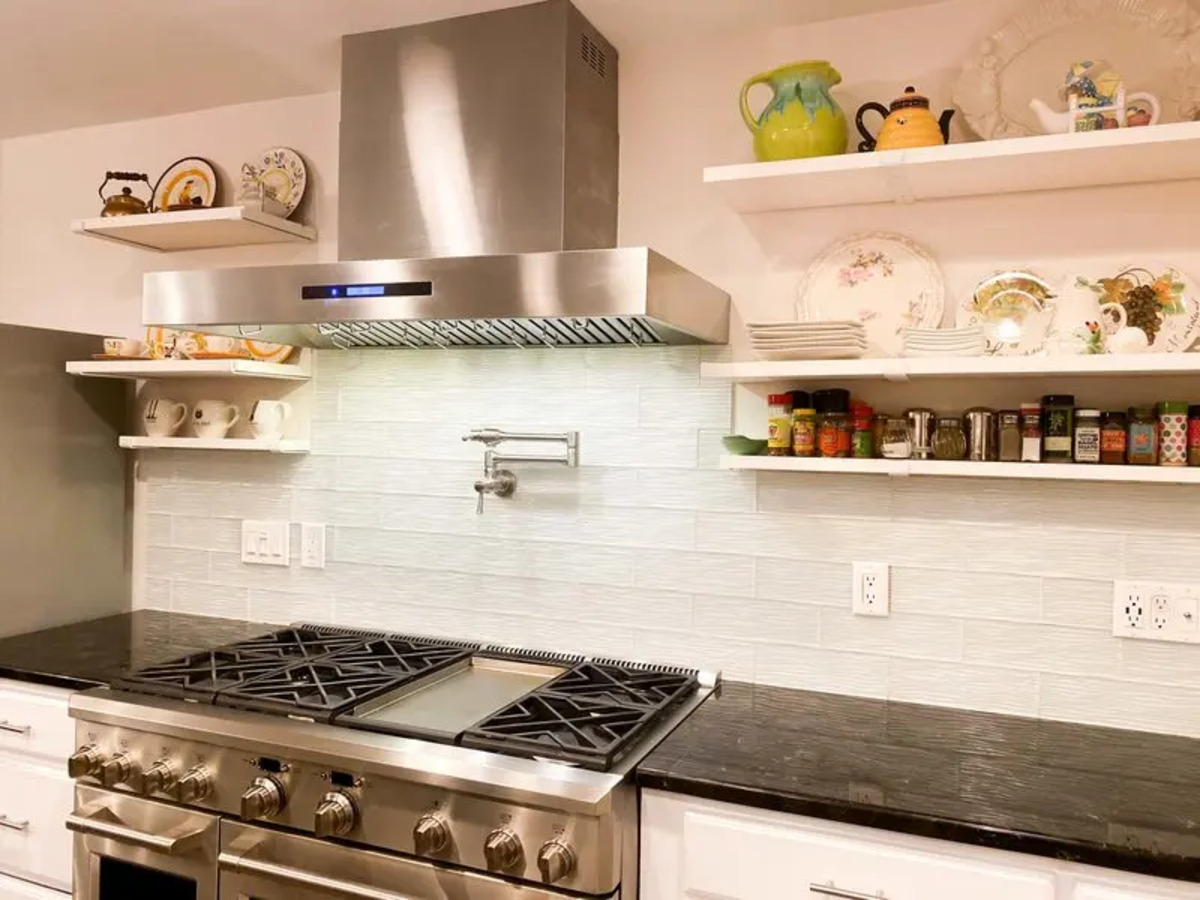
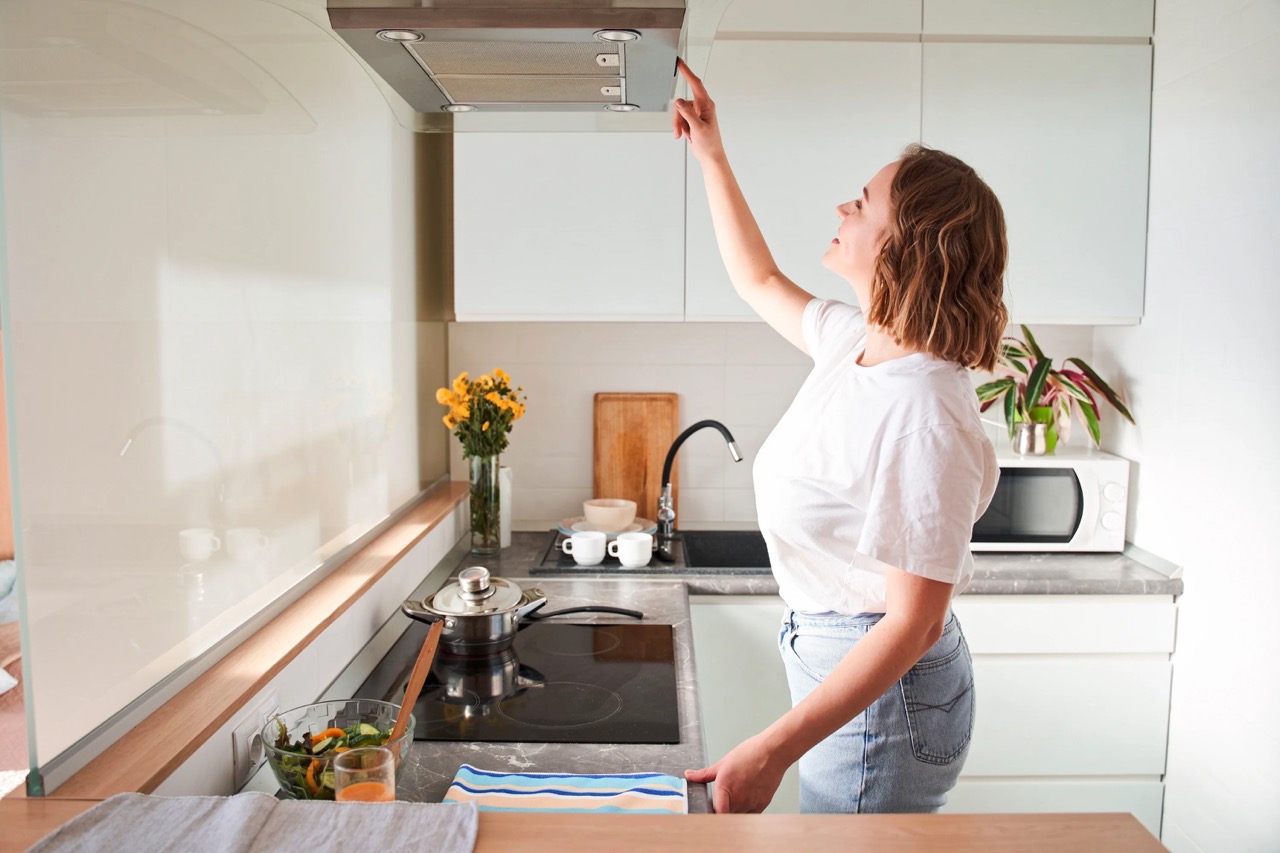
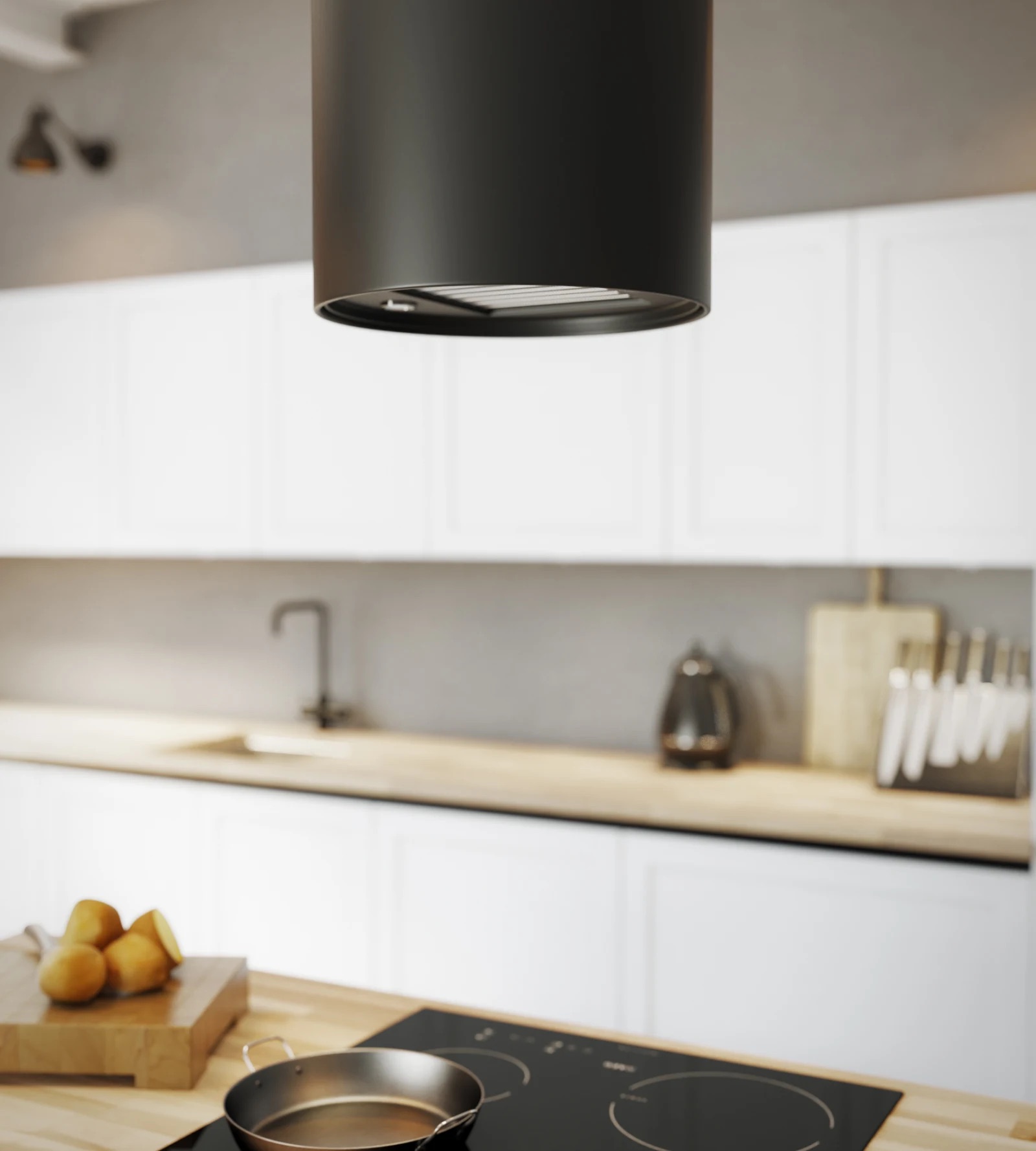
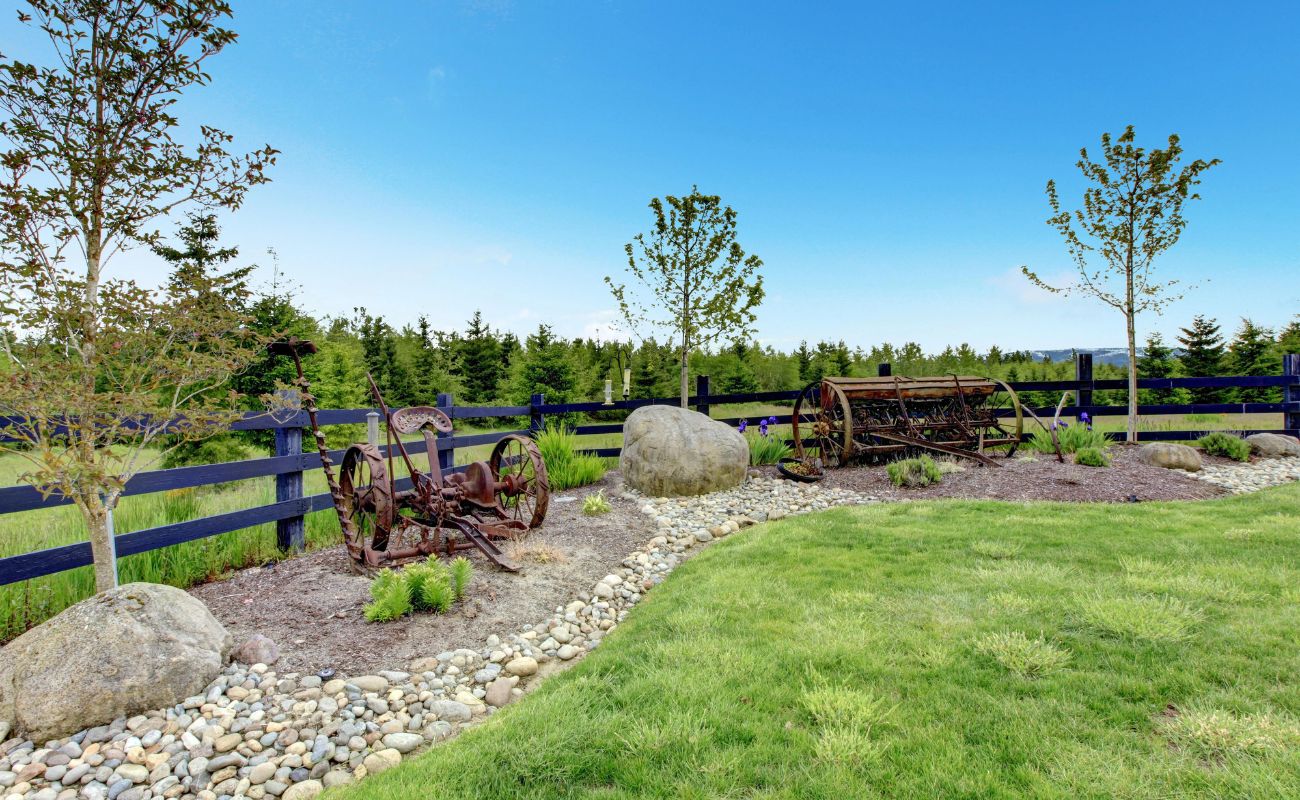
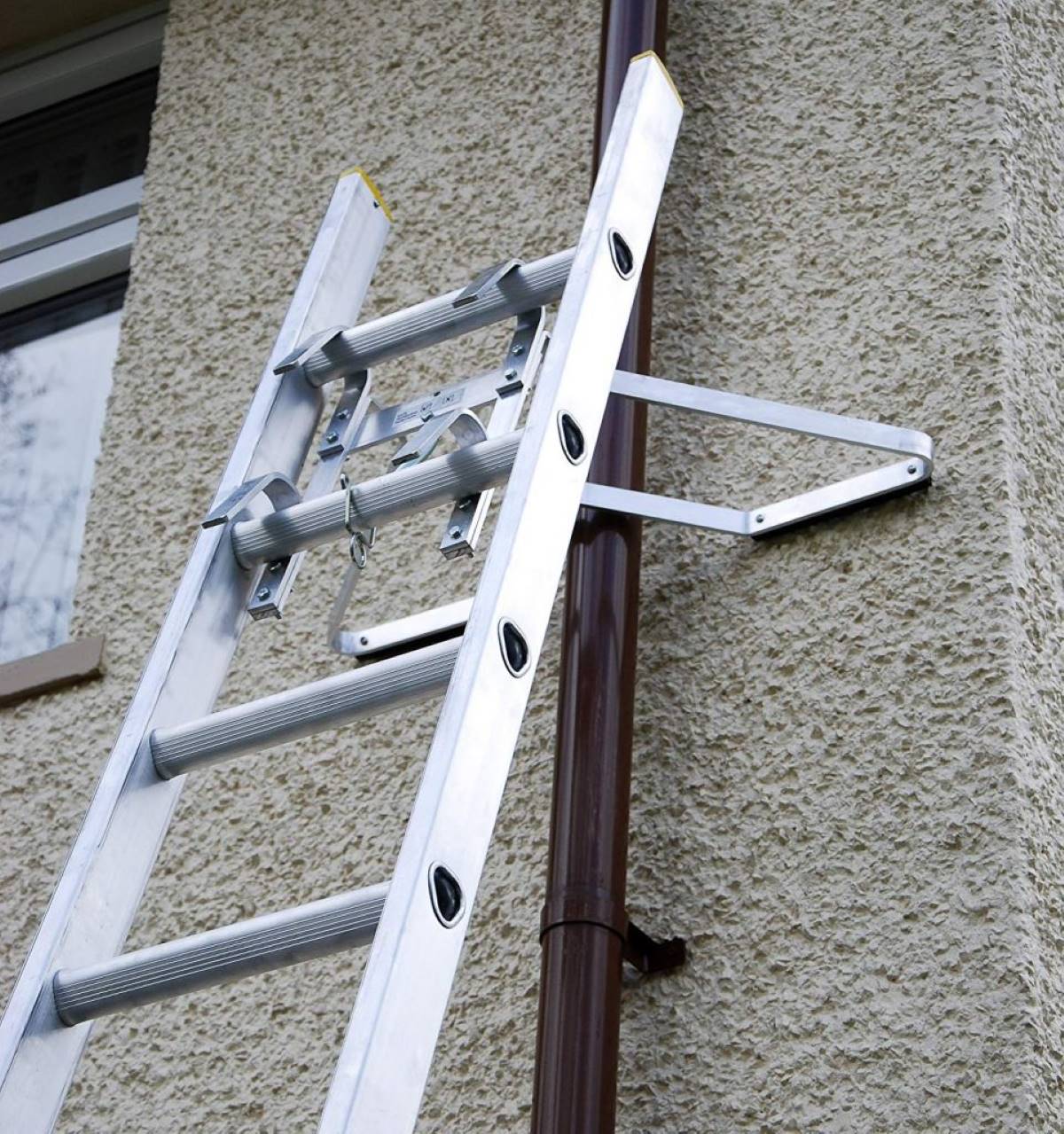
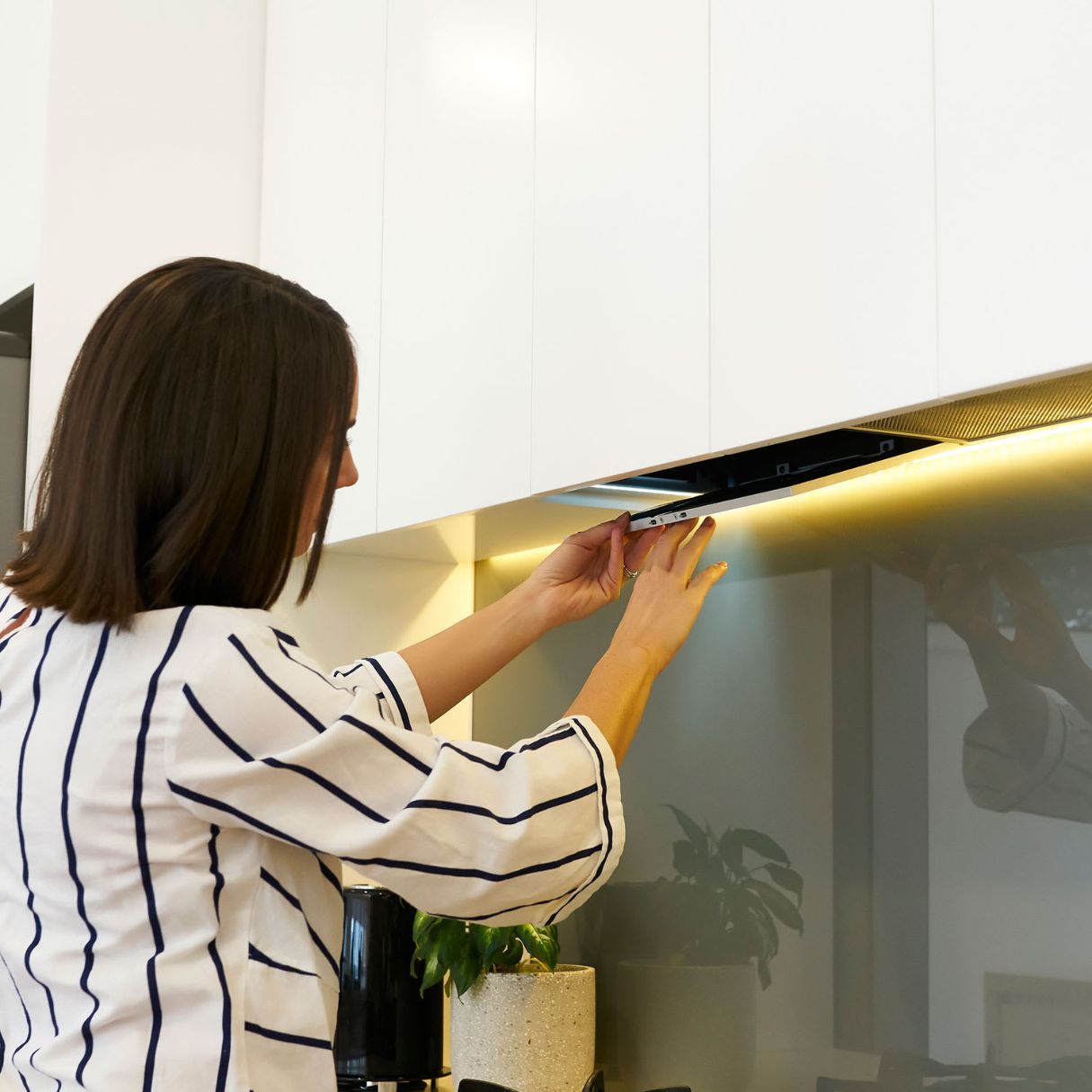
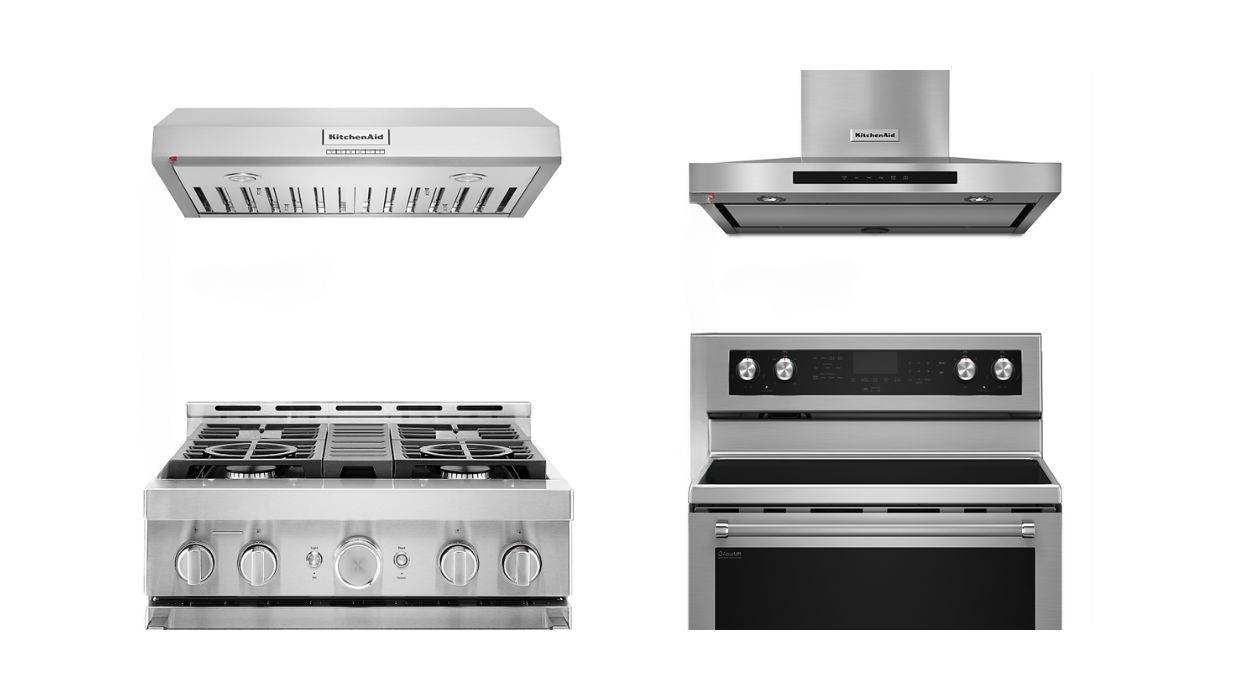
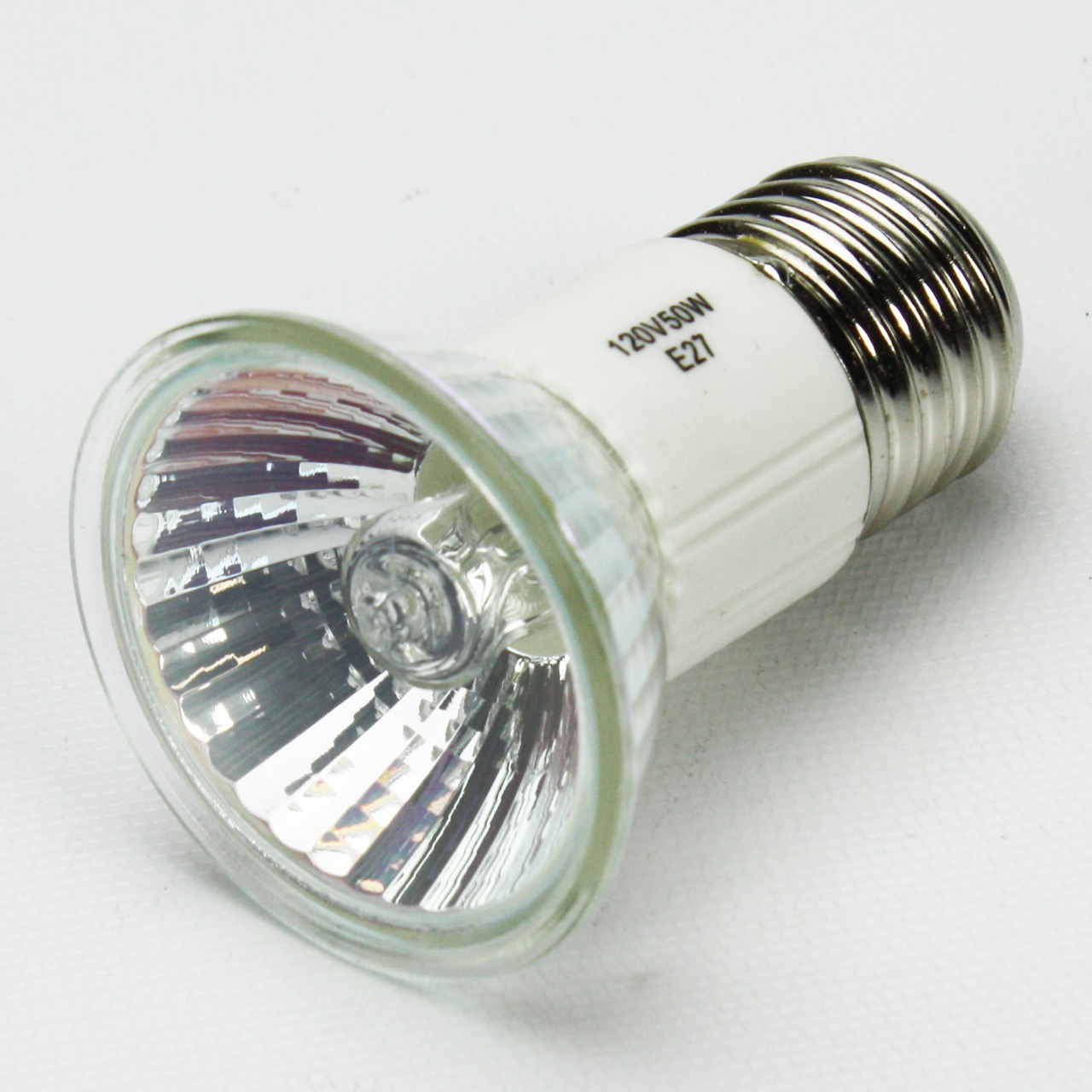
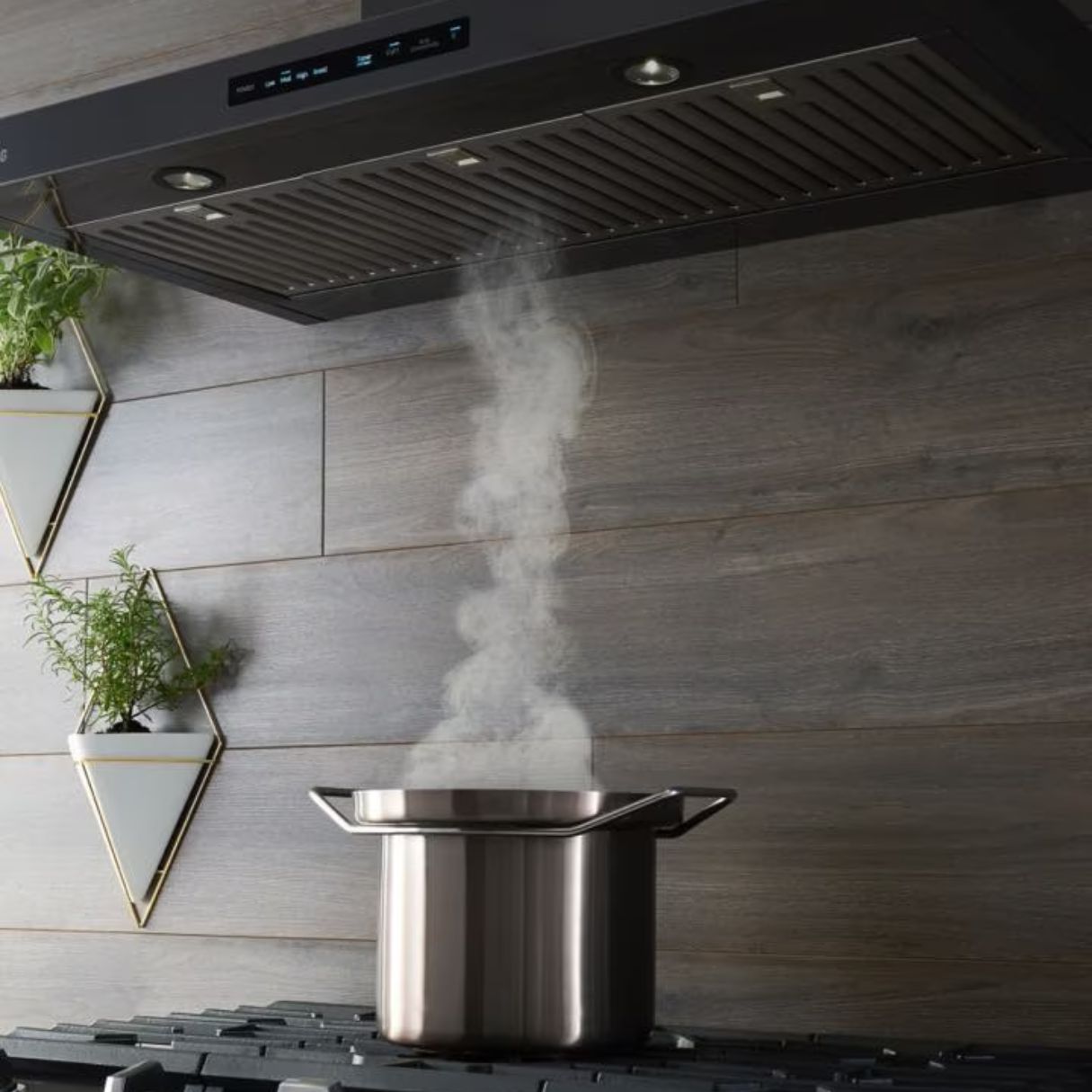
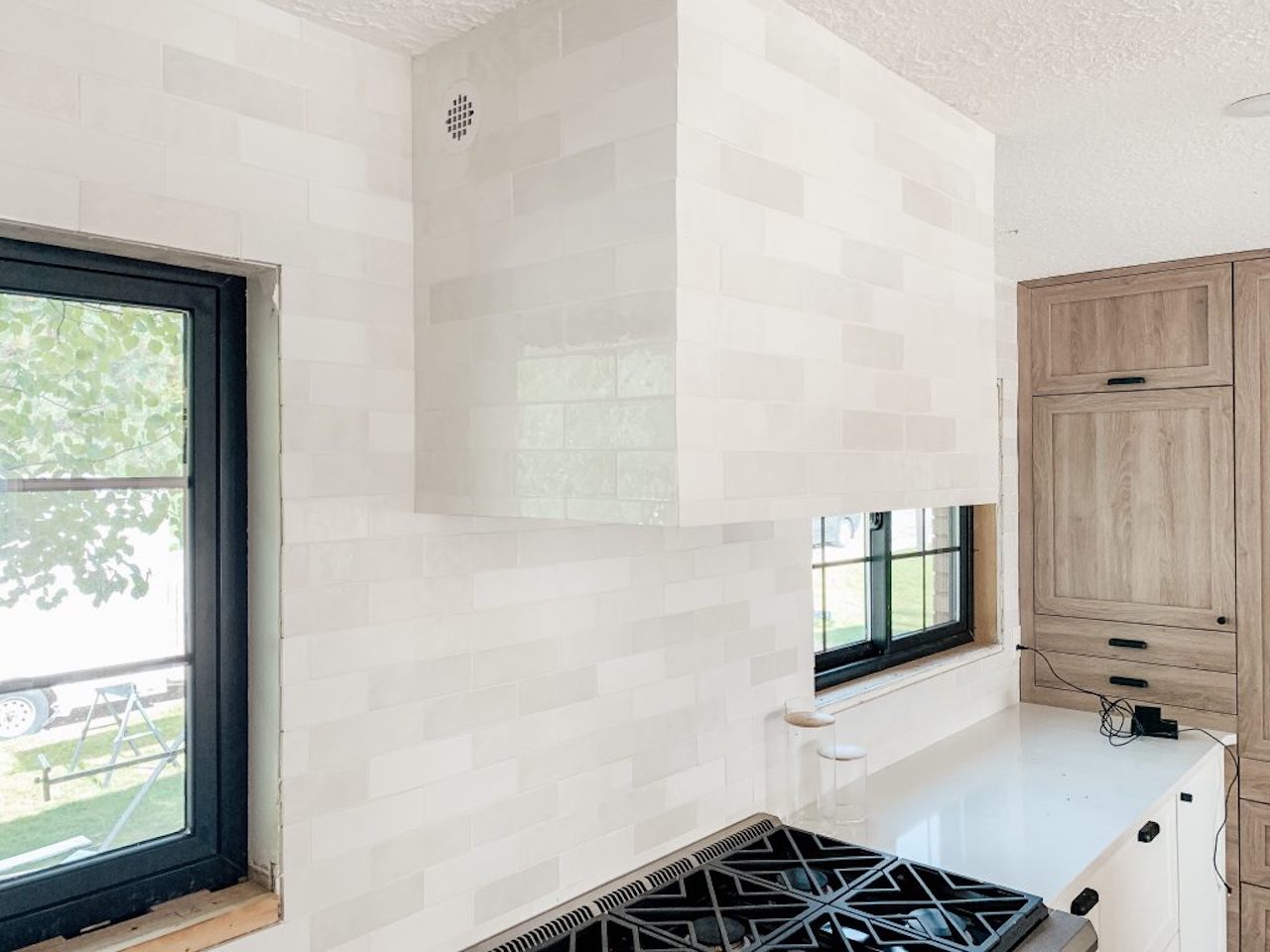
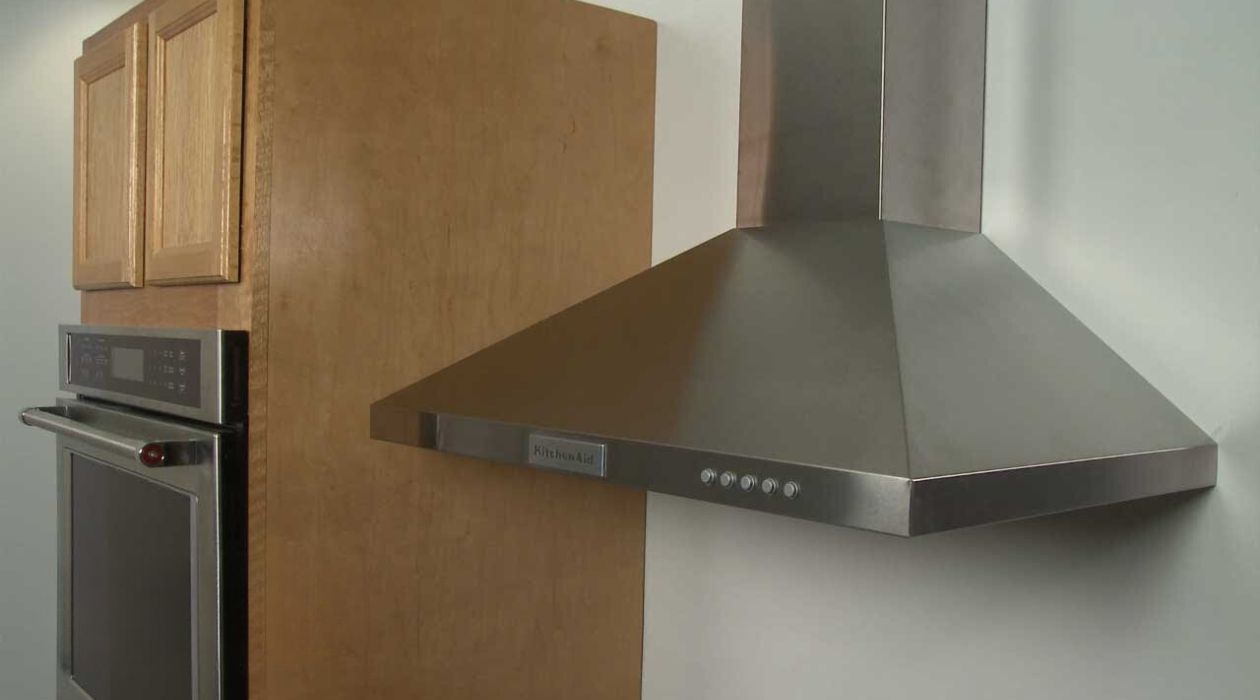
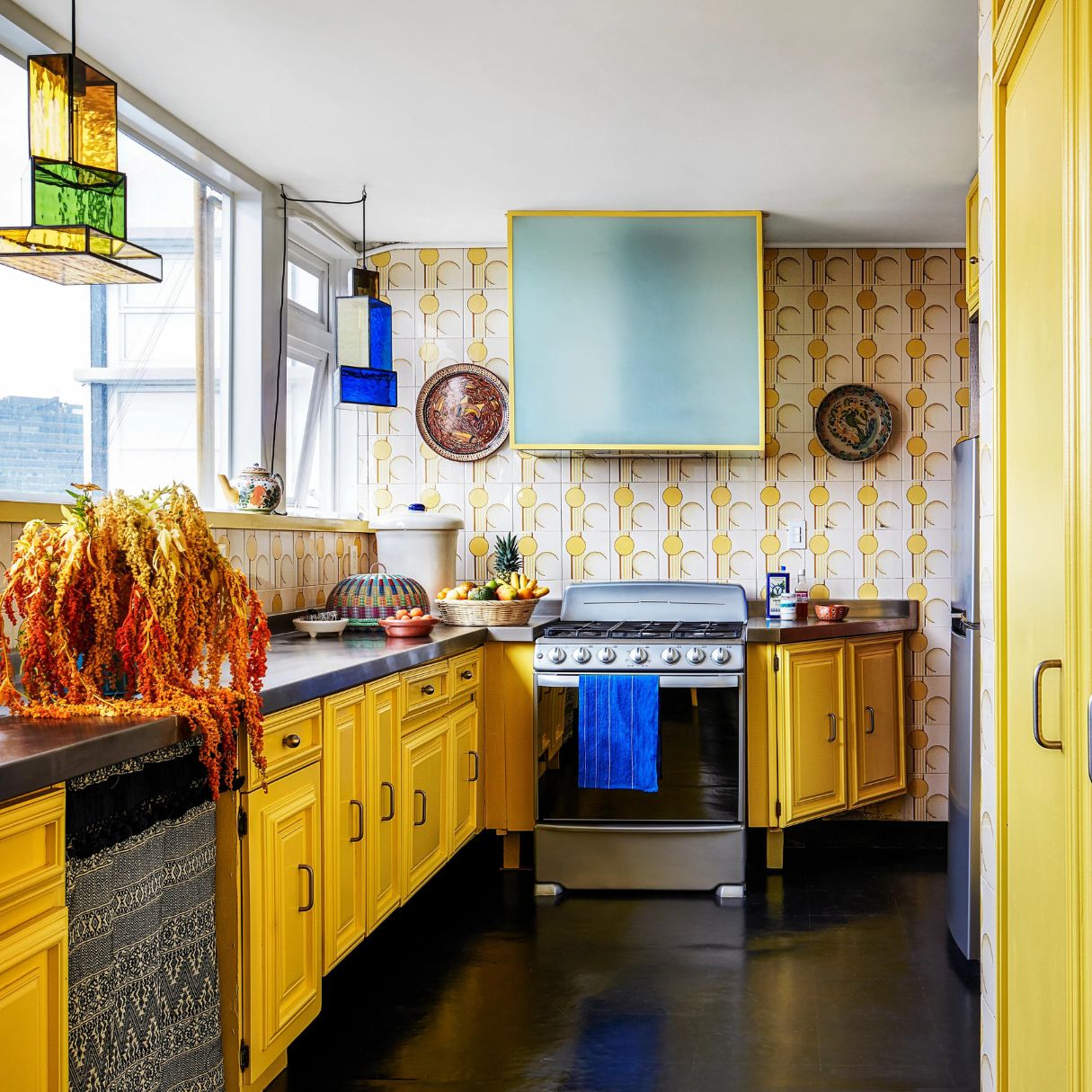
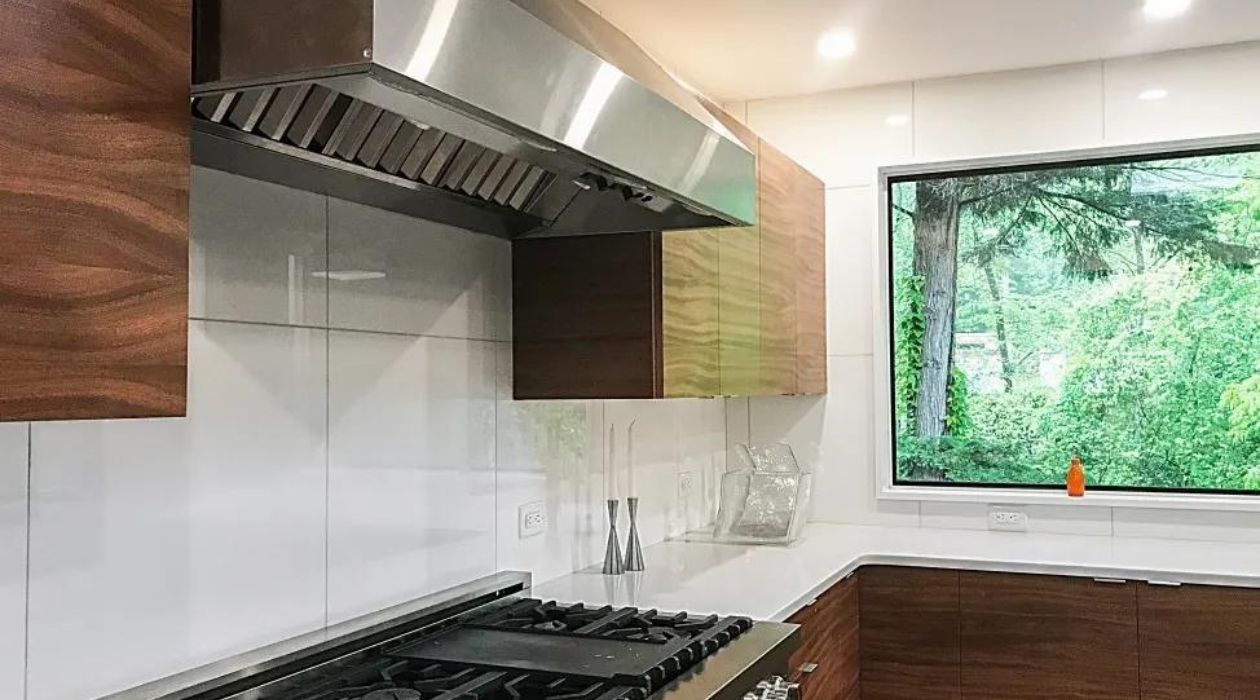
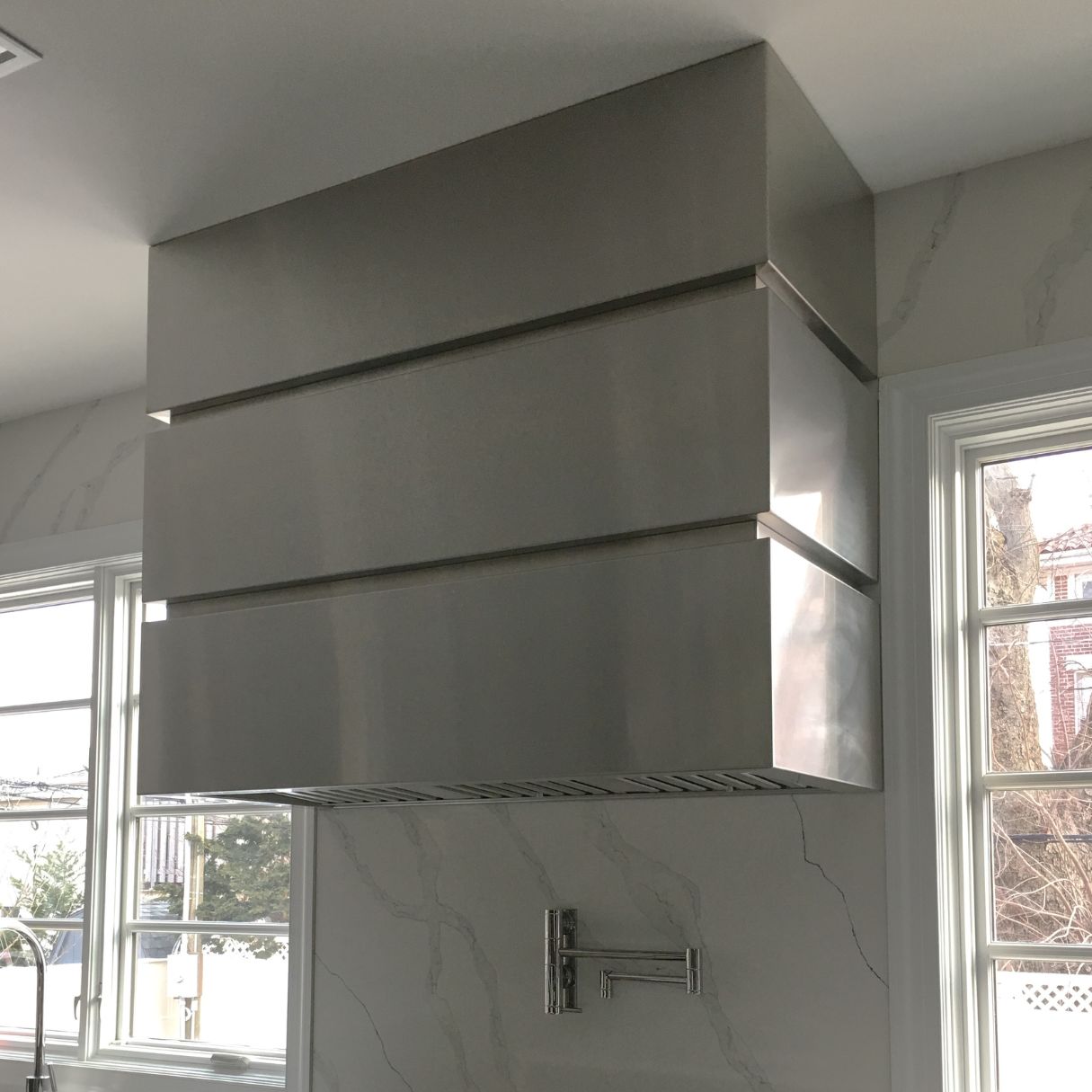

0 thoughts on “How Far Should Range Hood Stick Out”